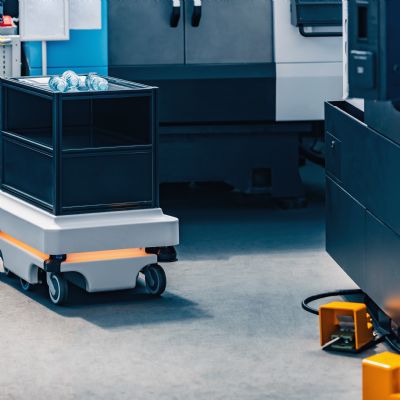Committed to Safety
August 1, 2015Comments
Many metalformers I talk to and visit with have struggled to handle accelerated growth in orders (since the recession) in the face of skilled-labor issues, and as a result have initiated extended shifts and increased their use of temporary workers. The combination of overworked and potentially tired workers who in some cases may be not optimally trained, quite honestly, sounds like a recipe for unsafe conditions. OSHA statistics support this theory—the incidence of temporary-worker workplace injuries ranges from 30 to 70 percent higher than that for non-temporary workers.
In next-month’s issue of MetalForming I’ll tell you about a Whirlpool plant that experienced the above-noted scenario. Longer shifts and a higher percentage of temp workers, the plant’s fabrication manager tells me, led to a “rough year in 2014 related to safety.” The article will detail a solution the facility implemented to eliminate injuries related to die changes. The manager told me that in 2015 several measures in the plant related to productivity and quality are on the rise, and that “we had to make sure safety improved as well.”
OSHA in 2013 launched a new initiative specifically focused on temporary-worker safety. And, it fortified the initiative in June (National Safety Month, by coincidence) by releasing two new bulletins in support of its temporary-worker initiative. The bulletins offer guidance to staffing agencies and host employers on personal protective equipment (PPE) and on whistleblower-protection rights. Visit OSHA’s website and download both documents, and share throughout your facility as needed.
Here’s an interesting sidebar to the PPE bulletin: Not only must employers provide and ensure the proper use of PPE, but they also must properly maintain the equipment. This includes “cleaning and decontaminating the equipment, and sanitizing shared PPE.”
An article on the CAL/OSHA website offers five tips for keeping temp workers safe. Among them:
• Train them yourself—workers may receive inadequate training from the staffing agency.
• Insist that temp workers participate in all safety meetings.
• Keep records of temp-worker safety training.
• Recognize that temp workers need close supervision—don’t ignore this fact.
MetalForming remains committed to providing the industry’s leading coverage of safety-related information and technology. You may not have noticed the “Put Safety First” logo that we added to our Contents page several years ago (turn back to page 2 and glance down to the bottom right-hand corner of the page); we take that addition seriously. When we added that logo, we also launched our regular quarterly department called Safety Update which appears in this issue of MetalForming (pages 16-17).
Lastly, ensuring that metalforming facilities stay keenly focused on safety will help to attract the next generation of workers. There’s not a parent out there who, when their child expresses interest in manufacturing careers, isn’t concerned with safety. In fact, if you really want to showcase your safe manufacturing environment to the community and engage the next generation of workers, why not host a tour on Manufacturing Day. It’s October 2, 2015—learn more at www.mfgday.com.
Technologies: Safety
Comments
Must be logged in to post a comment. Sign in or Create an Account
There are no comments posted. Safety
SafetyNew Safety Standard Addresses Integration of Industrial Mobi...
Monday, October 16, 2023







